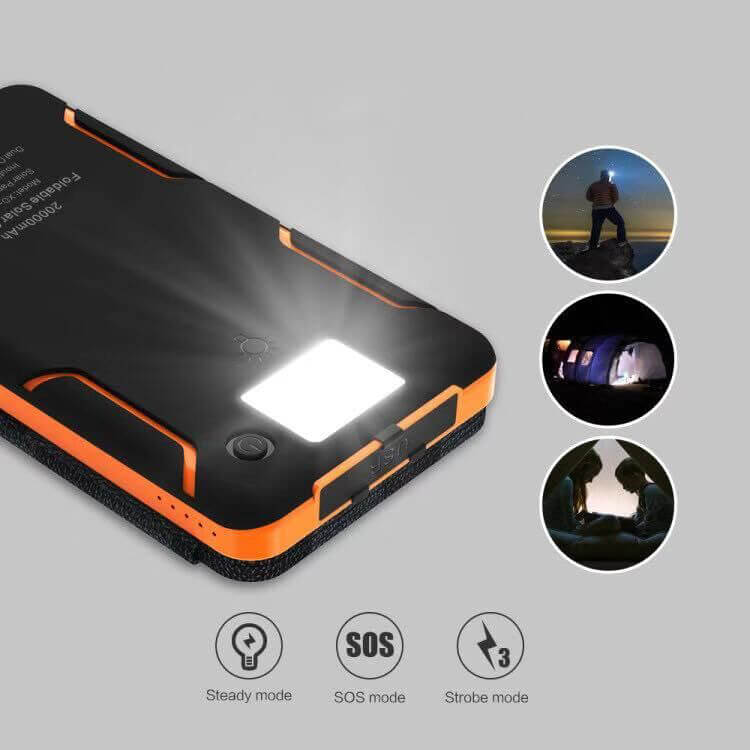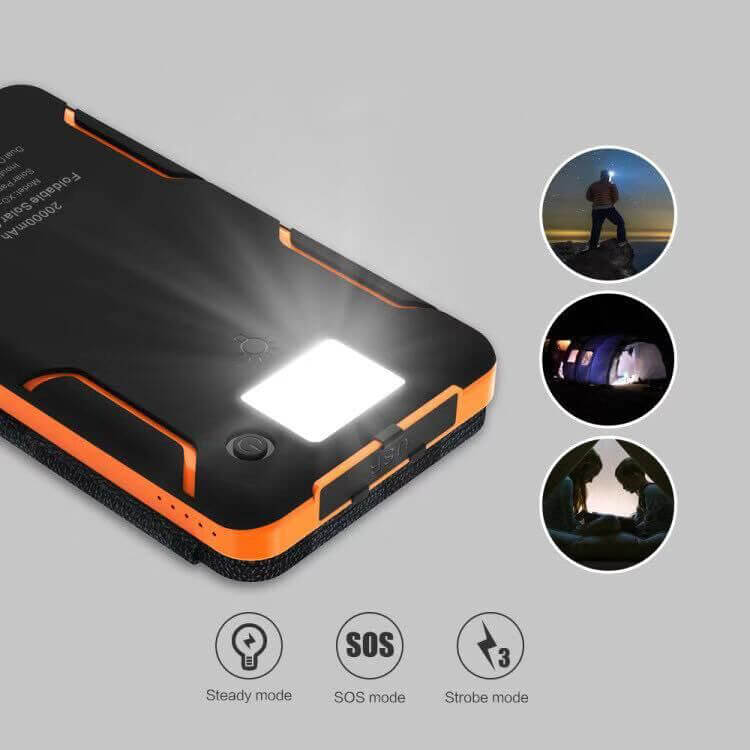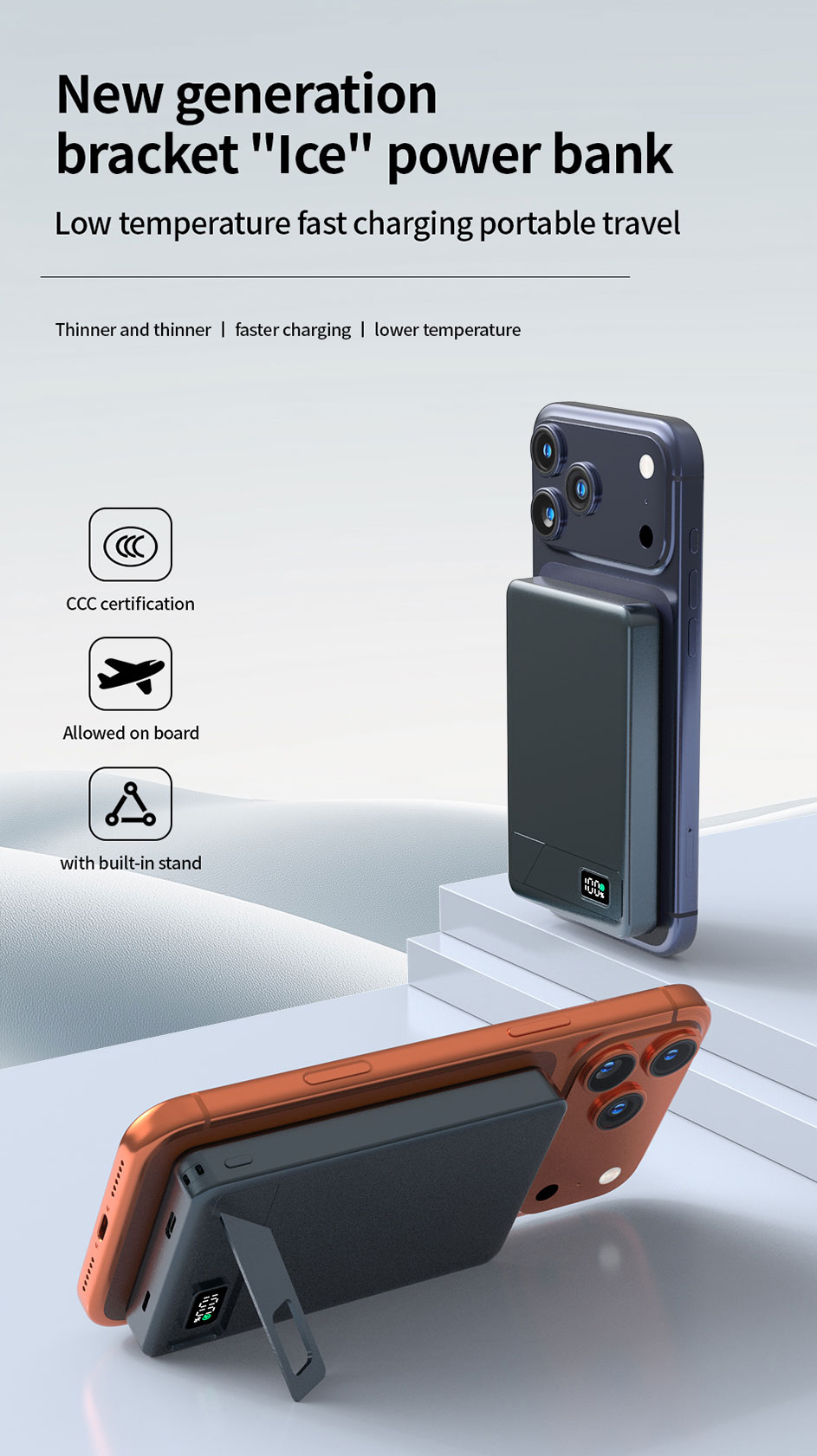Solar Charger

Introduction: A Greener Way to Charge

As the world becomes increasingly reliant on electronic devices, the need for convenient and sustainable charging solutions continues to rise. Solar chargers have emerged as a promising technology, allowing users to power their devices using the energy of the sun. In this article, we will explore the various aspects of solar chargers, including their benefits, functionality, and applications.
1. How Solar Chargers Work
Solar chargers utilize photovoltaic cells to convert sunlight into electricity, which can then be used to charge batteries or directly power electronic devices. These chargers consist of multiple solar panels, typically made of silicon, that absorb sunlight and generate DC (direct current) electricity. Built-in converters then transform this DC electricity into AC (alternating current) or recharge batteries for future use.
Solar chargers are designed with portability in mind and are often equipped with additional features such as USB ports, LED indicators, and protective cases. The size and efficiency of solar panels determine the charging speed and capacity of these chargers. Accordingly, larger panels offer faster charging times, while smaller panels provide greater portability.
2. Advantages of Solar Chargers
2.1 Environmentally Friendly: Solar chargers produce clean energy, minimizing the carbon footprint associated with traditional grid-based charging methods. By utilizing the sun's energy, they reduce reliance on fossil fuels and contribute to the fight against climate change.
2.2 Versatile Charging Options: Solar chargers are compatible with a wide range of devices, including smartphones, tablets, laptops, and even power banks. With multiple connectivity options such as USB ports and wireless charging capabilities, solar chargers offer convenience and flexibility.
2.3 Emergency Power Source: Solar chargers provide a reliable power source in emergency situations or during outdoor activities where traditional power outlets are unavailable. They are particularly useful for hikers, campers, and travelers.
2.4 Cost Savings: While the initial investment for a solar charger may be higher, it eliminates the need for electricity bills associated with charging devices. Over time, solar chargers can result in significant cost savings.
3. Applications of Solar Chargers
3.1 Outdoor Adventures: Solar chargers are ideal for outdoor enthusiasts who want to stay connected while hiking or camping. They provide a convenient and sustainable solution for charging devices in remote locations.
3.2 Developing Regions: In areas with limited access to electricity, solar chargers play a crucial role in delivering power for basic communication devices, lighting, and small appliances. They contribute to bridging the digital divide and improving the quality of life.
3.3 Sustainable Architecture: Solar chargers can be integrated into the design of buildings, incorporating photovoltaic technology into windows, roofs, or facades. This integration enables buildings to generate their own electricity, reducing reliance on the grid.
Conclusion
Solar chargers offer a sustainable and convenient way to power electronic devices in an increasingly connected world. With their environmental benefits, versatility, and applications in various settings, solar chargers are a promising solution for individuals, communities, and industries looking to reduce their carbon footprint and embrace renewable energy.




